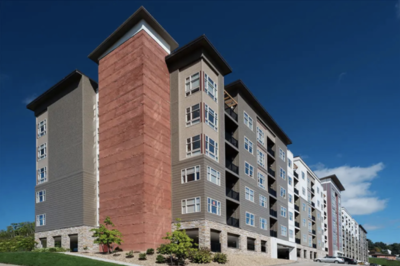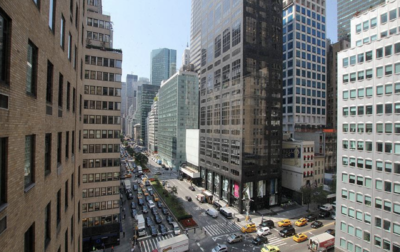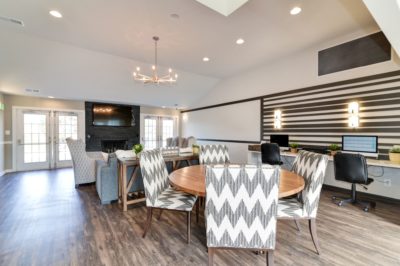Multifamily Investment Market
Apartments offer the highest risk-adjusted investment returns of all real estate asset types
Market Scale
Liquidity
Approximately 35% of U.S. households rent as opposed to own
Growth & Affordability
Home values are growing faster than the household income (3.3% vs. 2.1% from 2009-2018).
Workforce Multifamily
Workforce Multifamily housing targets the <$75,000 annual income working-class demographic – approximately 60% of the population, typically characterized by:
Affordability
Proximity
Market Rate
affordable housing program
Tired Stock
Demographic Target
2018 median income of $62,175, the target income range equates to households
earning between $35,000 – $62,000.
While 60% of the U.S. population earns less than $75,000, there is limited investment capital targeted at the opportunity to operate affordable properties for this massive segment.
Systemic undersupply of mid-to-lower income stock serves to polarize the market
Undersupply of new mid-to-lower income apartment stock

- A disproportionate number of new developments are high-end, amenity-rich projects that are out of reach for mid-to lower-income households
- 87% of all apartment buildings completed in the first half of 2018 were Class A
- Class A is defined as the top 20% of the U.S. multifamily supply, representing the highest quality buildings in an area
- Require prospective renters with an annual income of more than $75,000
- 80% of renters in the U.S. earn less than $75,000
Increasing rent differential between Class A and B rent

- Widening spread between Class A & B rents nationally
- The spread between Class A & B rents range higher in the Mid-Atlantic, upwards of $750-1,000.
- Flat supply of Class B product and minimal planned deliveries.
- Ability to renovate Class B product to achieve higher rents, while maintaining a discount to Class A rents.
- New U.S. tax legislation will benefit low to lower-middle-income households.
Robust and consistent demand exists for quality rental units
Pent up demand for institutionally managed apartments

- Market absorption rates remain high; net rental unit absorption, being the change in occupied apartments from one period to the next, outstripped additional apartment stock for 2018.
- This serves to put additional upward pressure on rental growth, which was double the rate of inflation in the year to April 2019.
- Nationwide rents increased 3.6% during 2018, per the Consumer Price Index.
Superior vacancy rates at the lower and middle ends of the market

- Low vacancy rates continue to characterize the market, most profoundly experienced across lower and moderate-quality rental accommodation.
- Current vacancy rates for lower and moderate-quality accommodation are at amongst the lowest experience in over a decade.
- The annualized rental vacancy rate across the US reduced 0.3% year-on-year and stood at 6.9% in the first quarter of 2019.
Mid-Atlantic Region
AION Partners investment focus is the Mid-Atlantic region, an urban corridor with more than 37 million inhabitants between NYC and Washington, DC.
Workforce Multifamily housing targets the <$75,000 annual income working-class demographic – approximately 60% of the population, typically characterized by:
